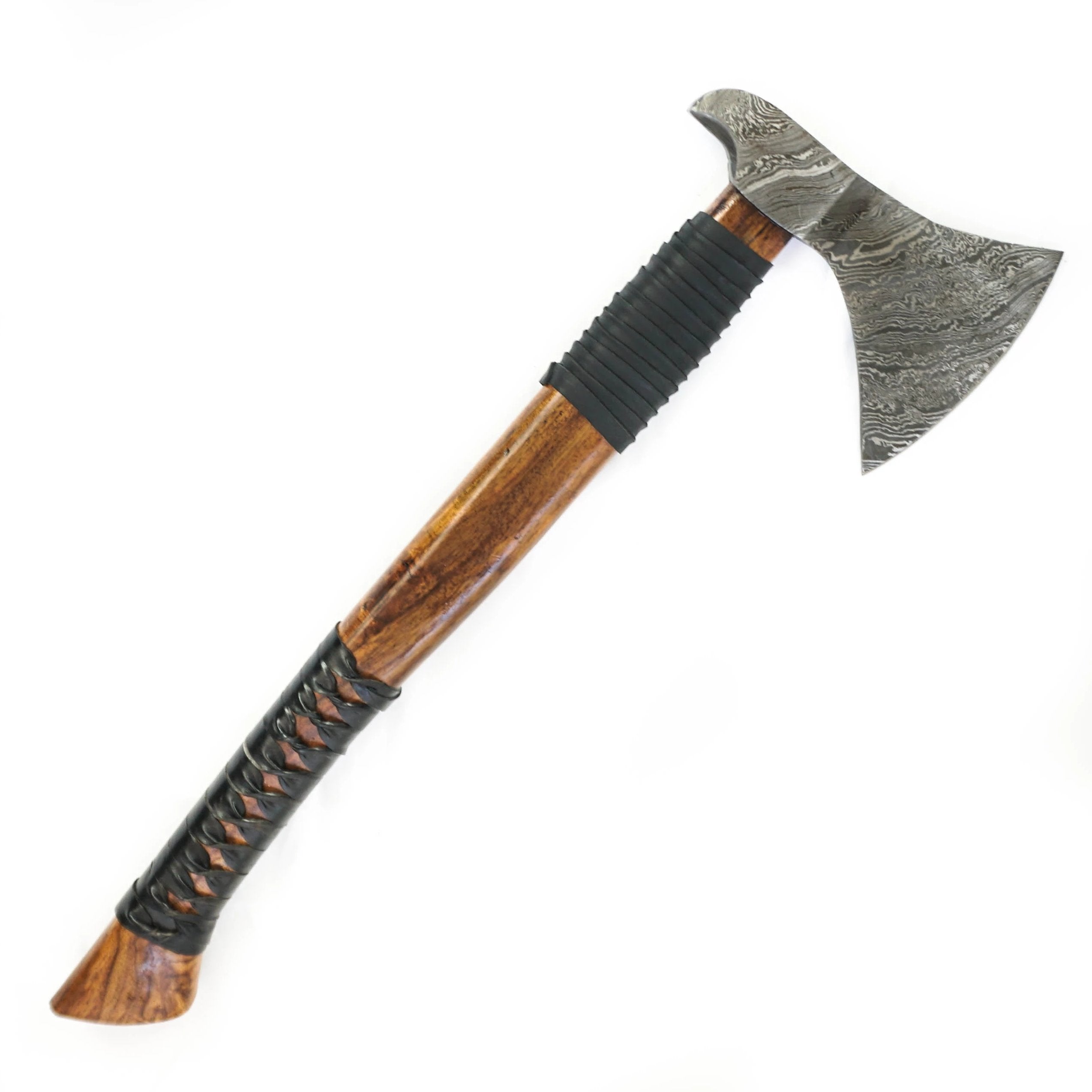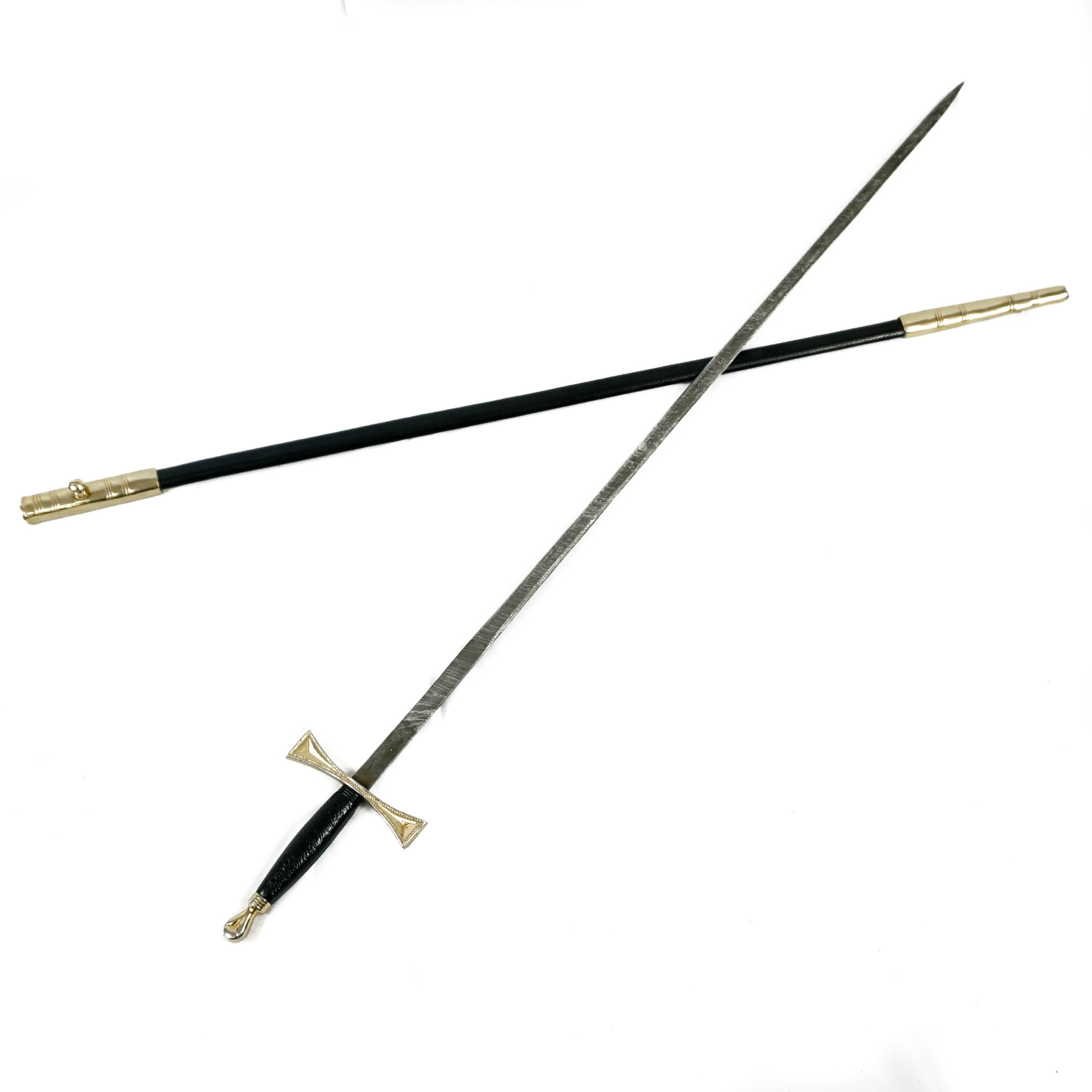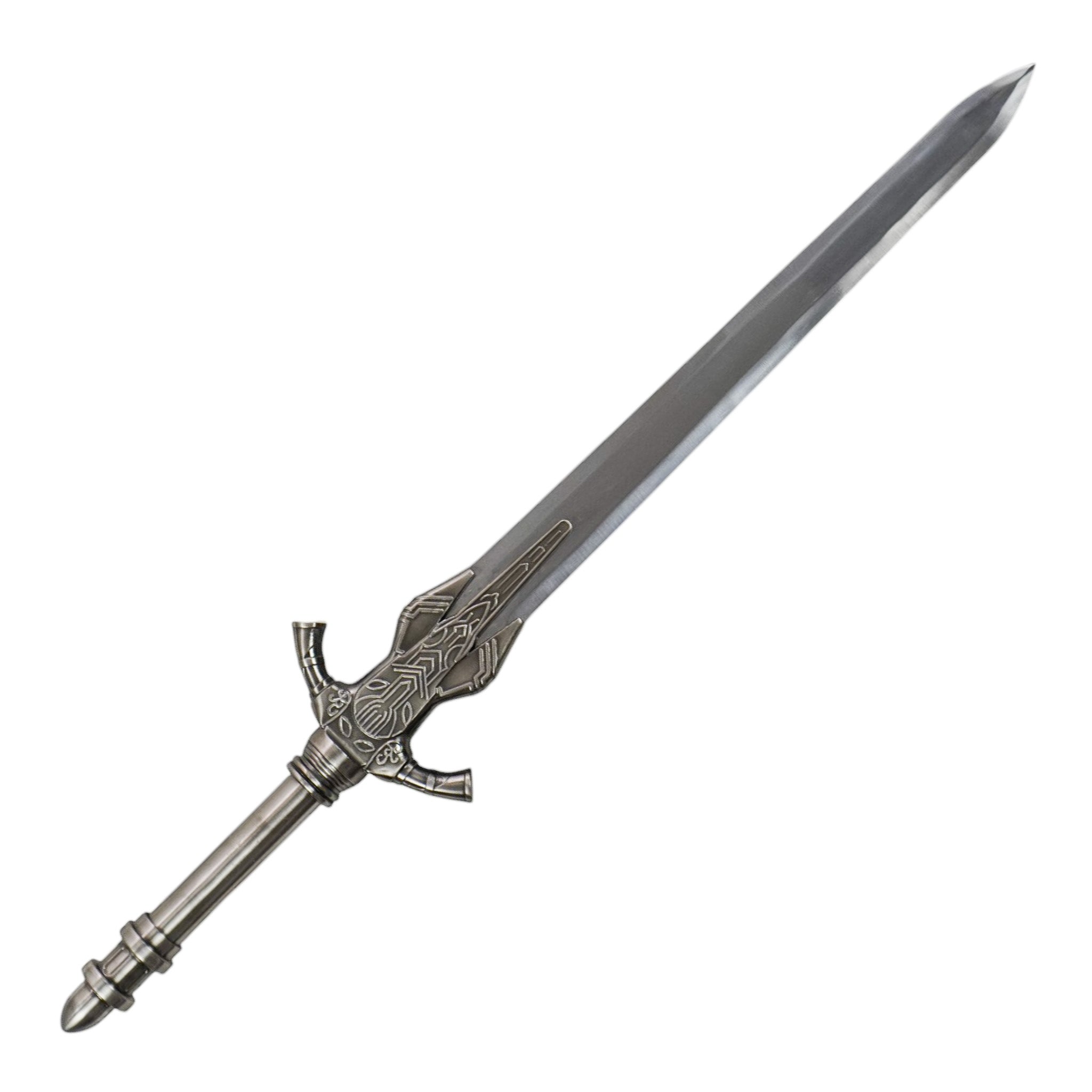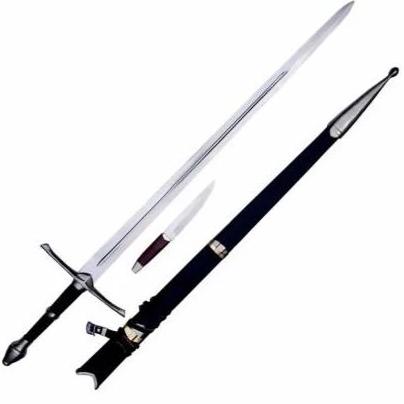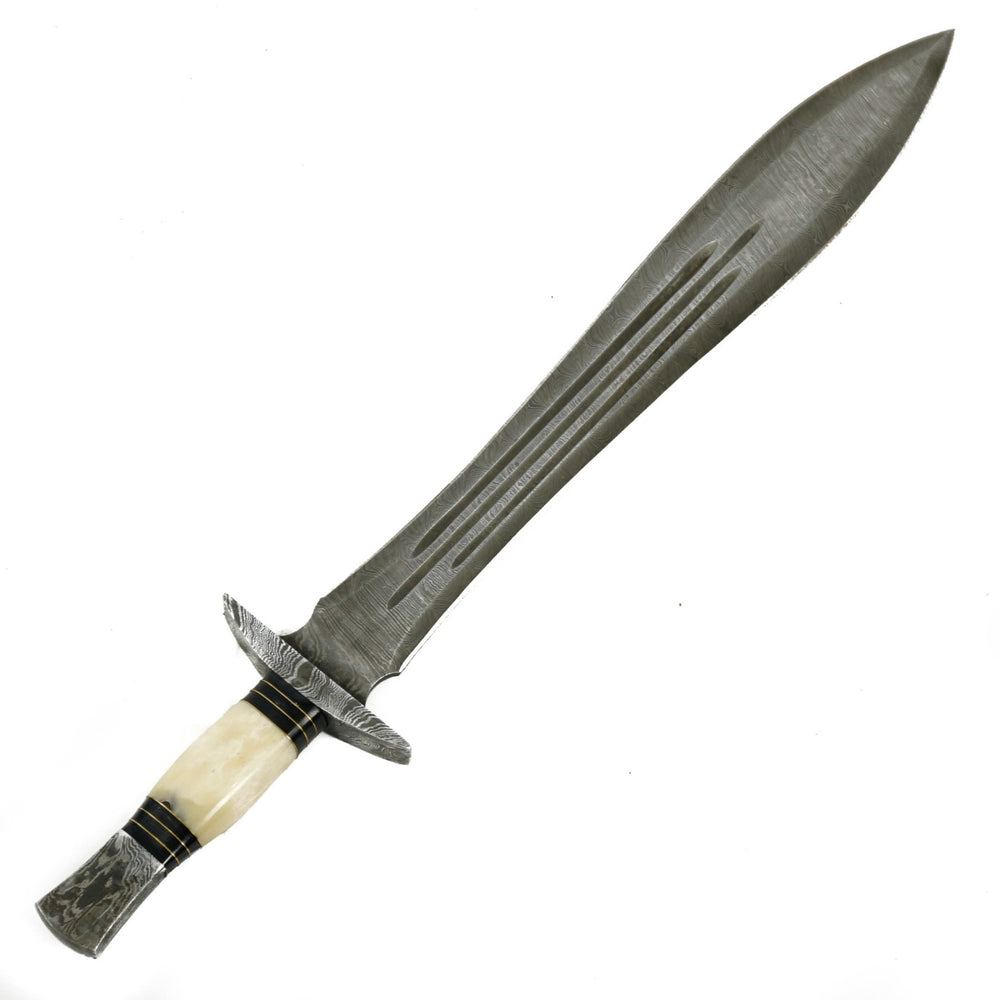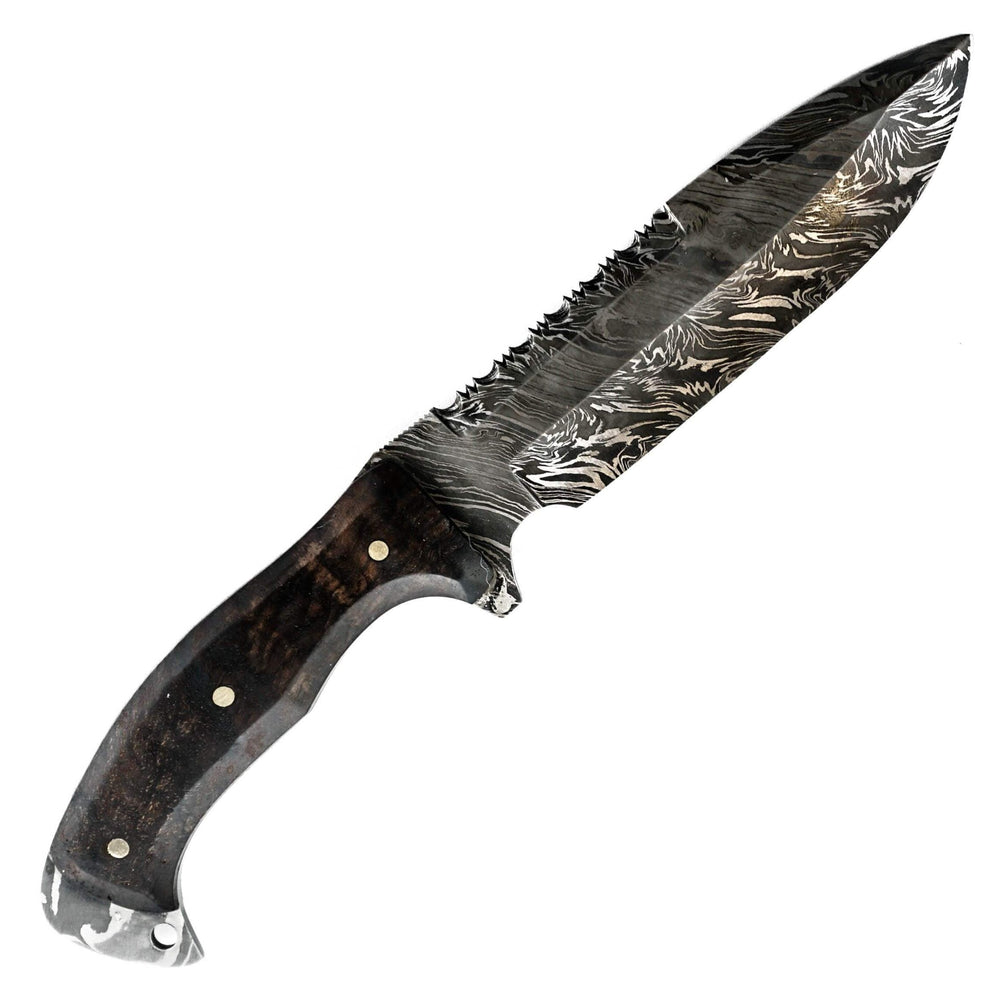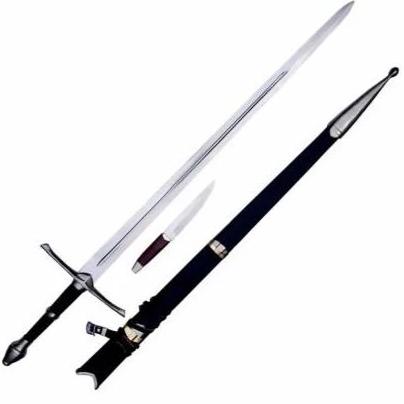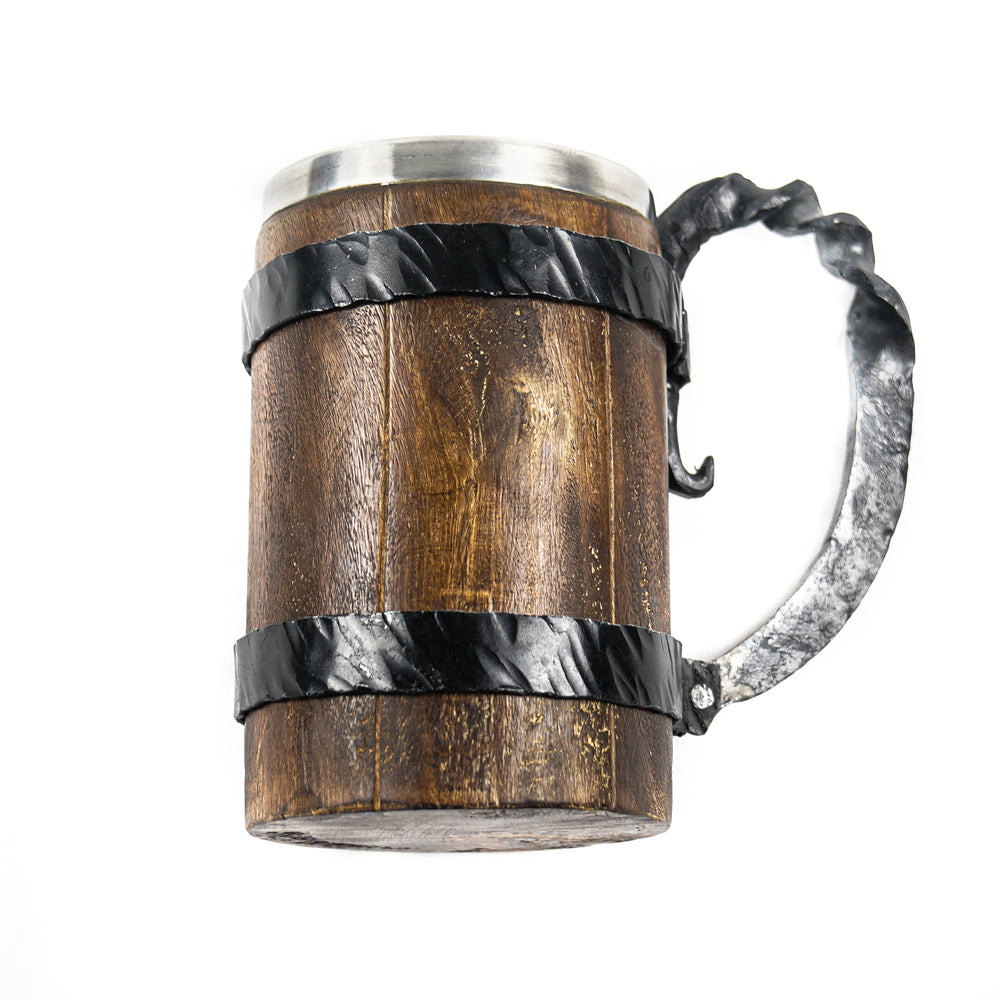Viking Swords: From Battlefields to Your Collection
The Vikings were a seafaring people that ravaged and ultimately dominated parts of Europe and beyond in the ninth and eleventh centuries. Viking swords, such as the Ulfberht sword blades, are just one type of weapon that sheds light on one of history's most dreaded invading forces. Let's learn more about Viking swords, from how they were made to what made them so special.
Characteristics of the Viking Swords
The blades of early swords were works of art in and of themselves. Viking swords varied greatly in design, most noticeably at the hilt, pommel, and guard.
The distinctive features of a Viking sword are as follows:
Metal and Construction
Blades for Viking swords were frequently made from multiple pieces of metal and welded together in a specific design. Forged by first twisting and then hammering together separate iron bars to form a core, and then finishing with a cutting edge. Different decorative designs may be created by the swordsmith by combining different pieces of metal, and these patterns might be accentuated by polishing and oiling.
Blades made using the traditional pattern-welding technique were often regarded as being of exceptional quality because of the variety of alloys used to achieve the desired balance between flexibility and hardness. However, it resulted in sword blades that were weaker than those manufactured from a single piece of metal, particularly around the weld joints. It's no surprise that after the 9th century, its usage began to decline.
High-quality crucible steel Ulfberht swords, thought to have originated in Central Asia, were also utilized by the Vikings. First called wootz steel, then Damascus steel became its more popular moniker. The remarkable hardness and a watered aspect of these blades made them highly desirable. Most modern copies have blades made of high carbon steel.
Appearance of a Blade
The Vikings' preference for slashing strikes is reflected in the design of their swords, which were typically straight and double-edged with rounded tips. Single-edged swords were more common in early Viking Age Norway than in the rest of Scandinavia.
However, later Viking swords were slimmer and more pointed than their forebears. A fuller, or groove, down the blade of some medieval swords served a similar purpose, reducing the weight of the weapon. The edge of some pattern-welded blades was left plain while others featured intricate designs like herringbone or star and wave patterns.
Swords attributed to the so-called Ulfberht featured the inscription +VLFBERH+T, with the letter T at the end of the word standing alone. Instead of a signature, many people think it was a prayer. However, the spelling of the name is often slightly altered in modern forgeries and low-quality replicas.
Stats: Size and Mass
A typical Viking sword would measure between 90 and 95 centimeters in length. The length of some of the blades was around 70–90 centimeters, while the width was about 5–6 centimeters. Swords that were designed to be effective in fighting typically had their mass concentrated near their blade's tip. The blades of later swords were typically more tapered and weighed more than 1 Kg.
Sword Mounting
The hilt length of the Viking sword was between 12 and 18 centimeters. The warrior's other hand was usually employed to grasp a shield. The hilts of Viking swords, which have been decorated with precious metals since the early Viking Age, are particularly ornate.
Sword Hilt
Even though iron hilts were standard, bone, walrus ivory, and antler hilts were also used on some Viking swords. In ancient times, a Viking chieftain's ceremonial swords were works of art. Viking swords were typically made of copper and adorned with inlaid geometric designs in silver and brass, and they typically featured straight guards and lobed pommels.
Some historical swords have blades that are older than the hilt, as Viking swords were heirlooms passed down through the generations. Some mass-produced modern Viking swords have inaccurate finishing of hilt fittings, thus buyers should use caution. Some replicas of Viking swords on the market are actually based on props used in movies and TV shows.
Scabbard
Layers of lining, wood, inner coverings, and outside coverings made up the construction of scabbards. Cloth or sheepskin were commonly used to line the sheath and cushion the blade. The outside shell was constructed from multiple layers of wood, leather, and fabric. The scabbard's ends were shielded by metal chapes. The scabbard may have cost as much as the sword itself. Swords were worn on both the belt and the shoulder by Vikings.
Conclusion
When it came to duelling and conquering new lands, Viking swords were among the most coveted weapons. Names were given to some of them in Icelandic sagas, and others were given special powers by inscriptions. Viking swords are still used in modern day martial arts, reenactments, and Hollywood movies.

